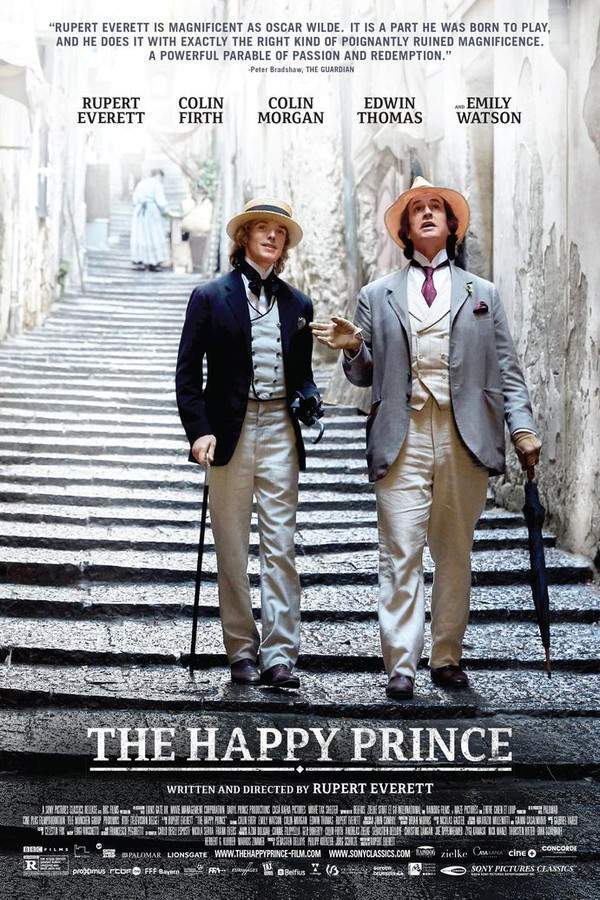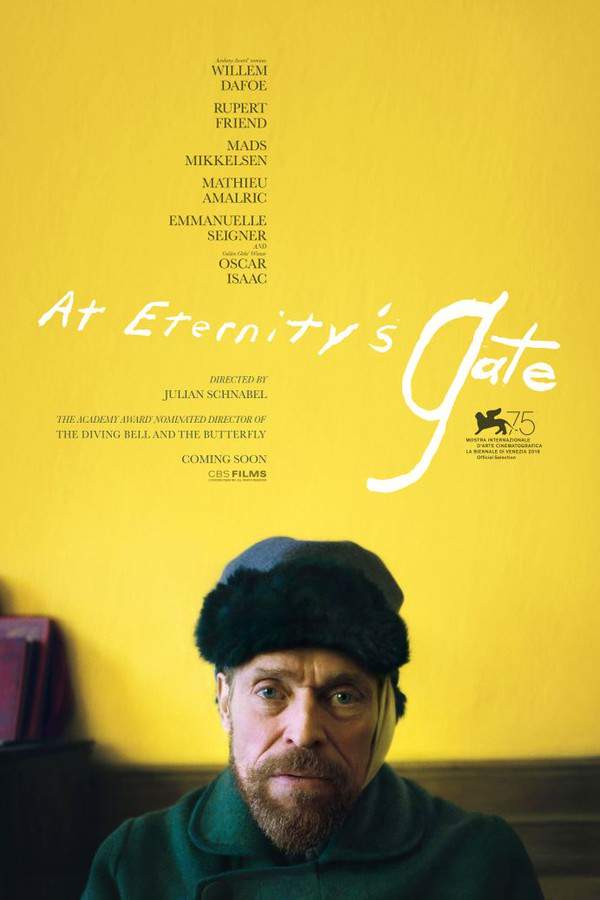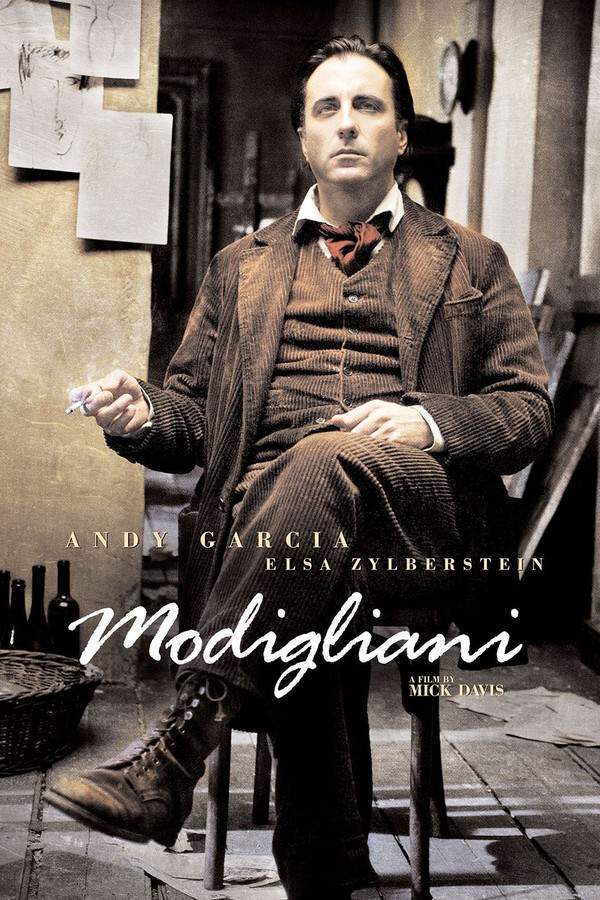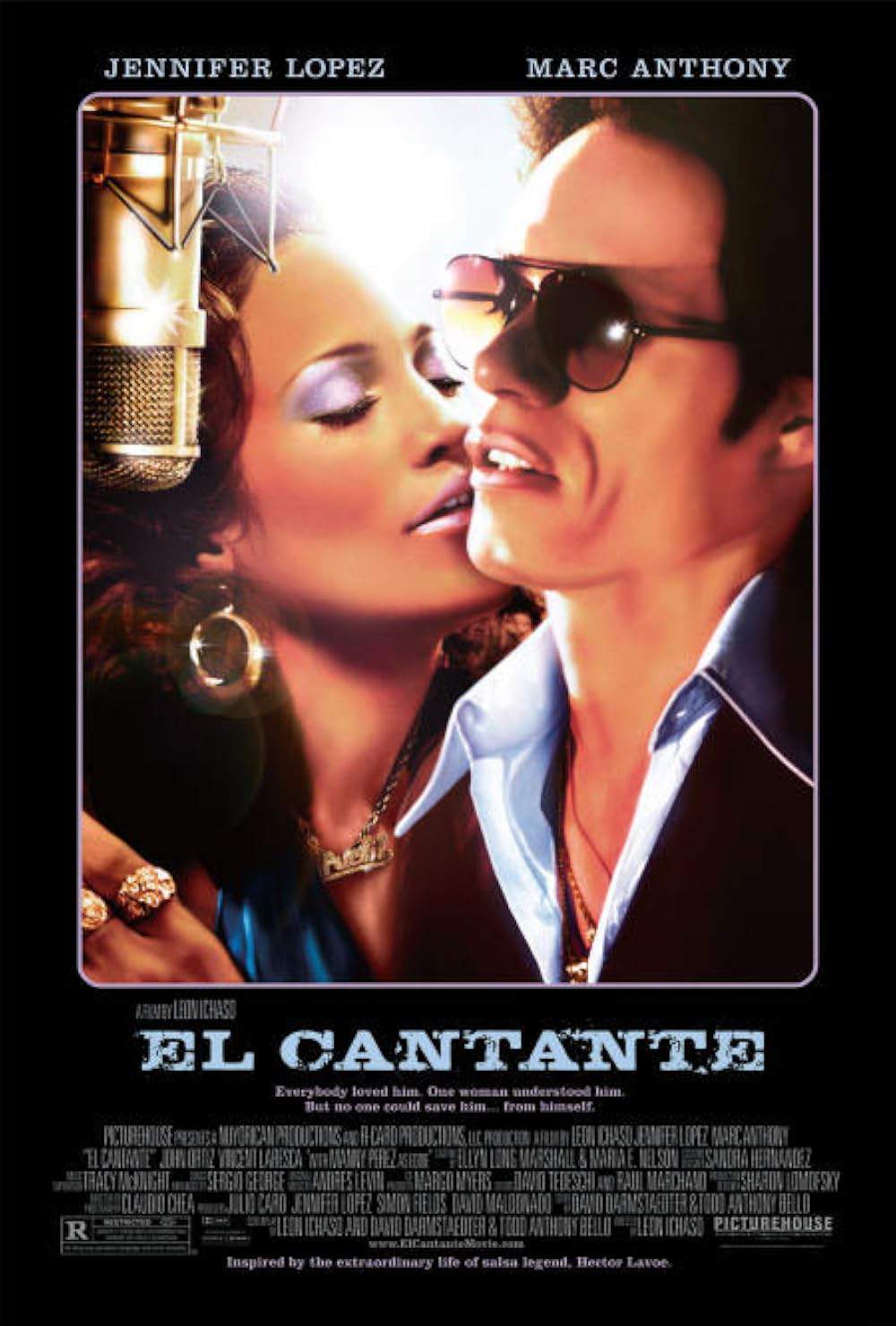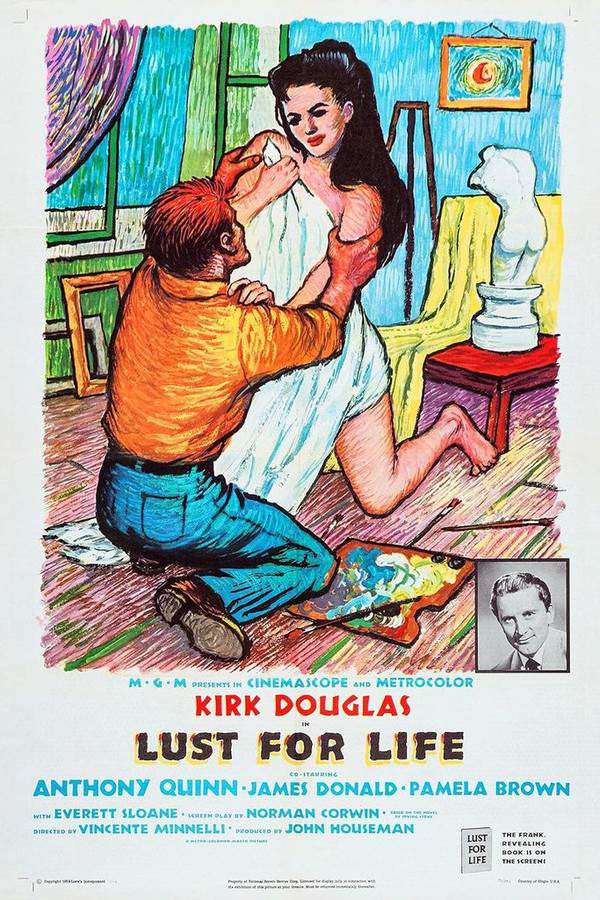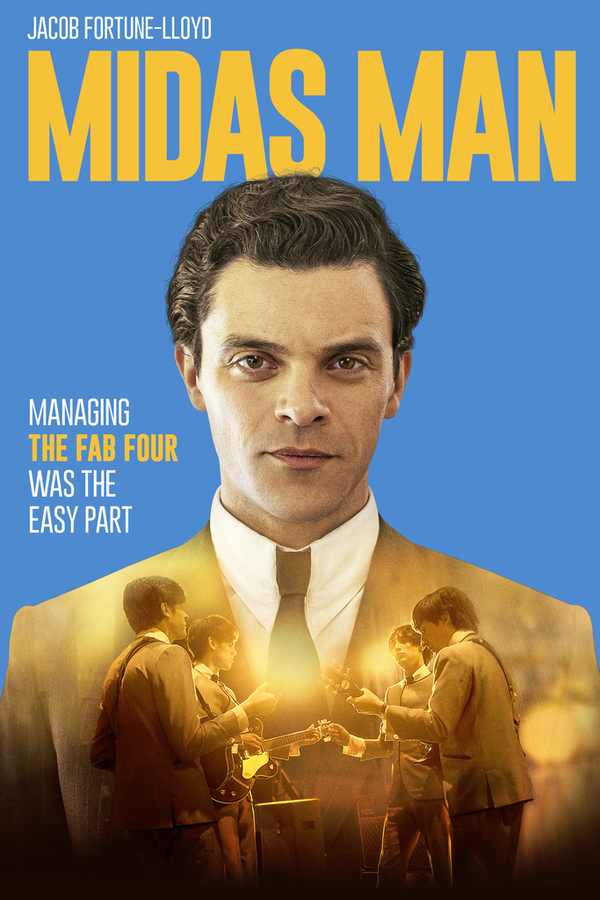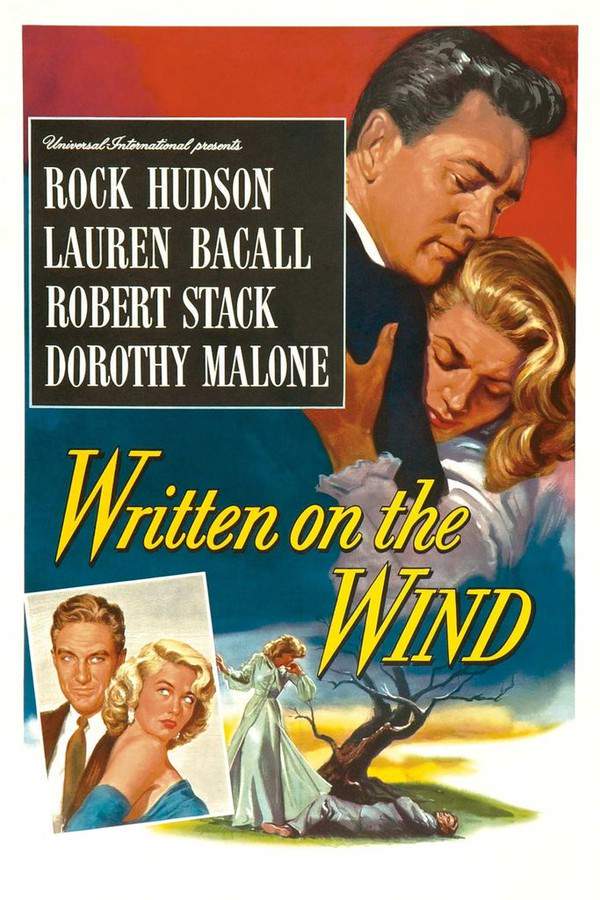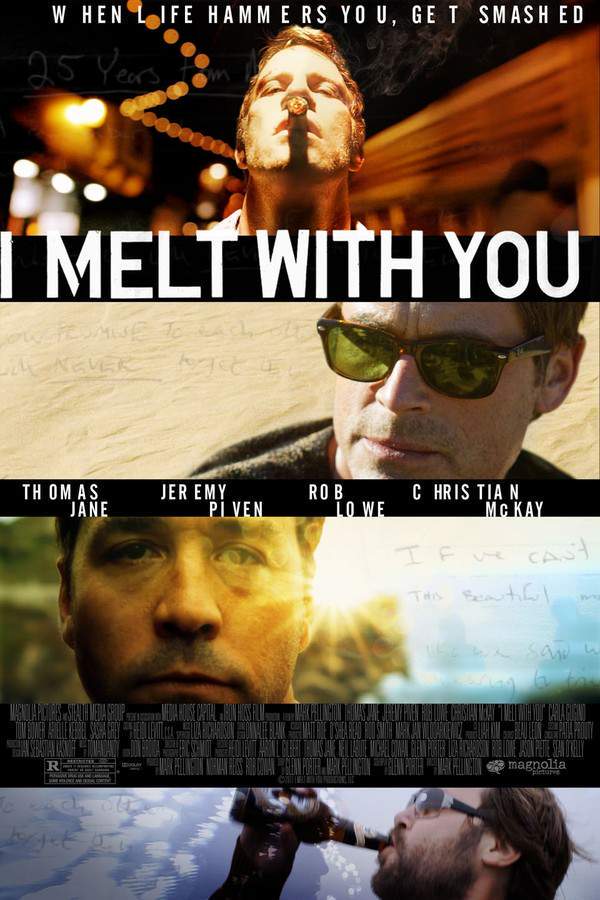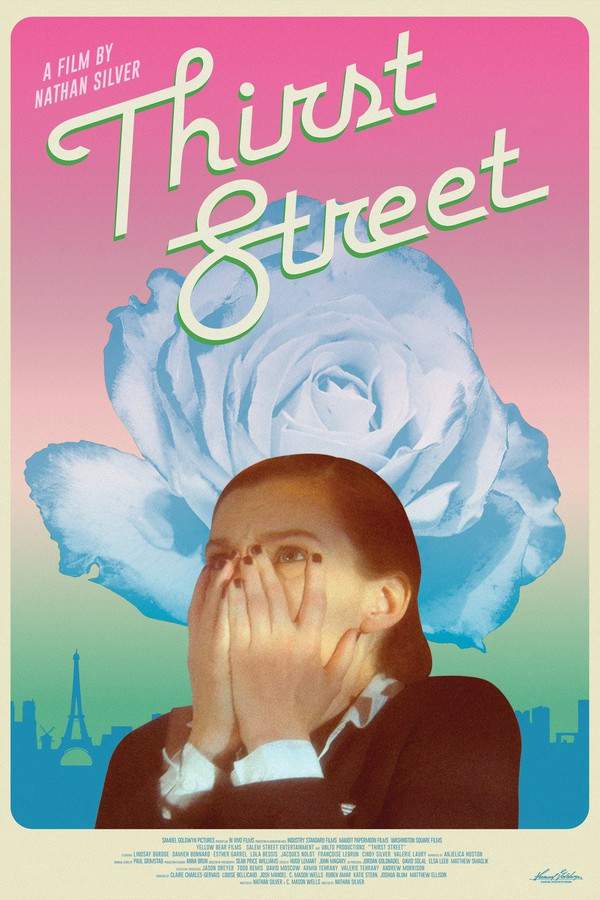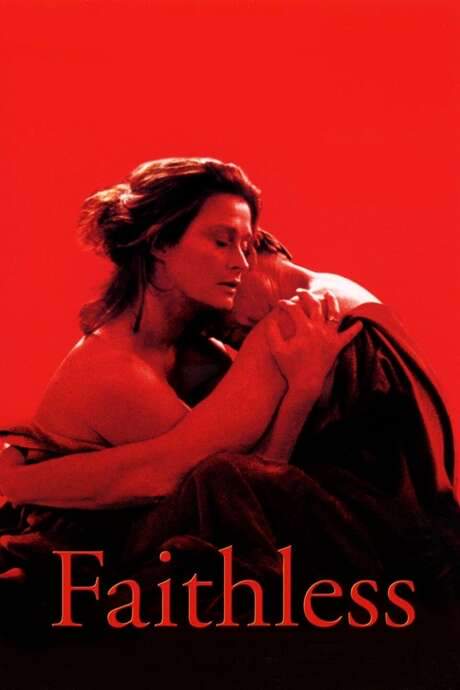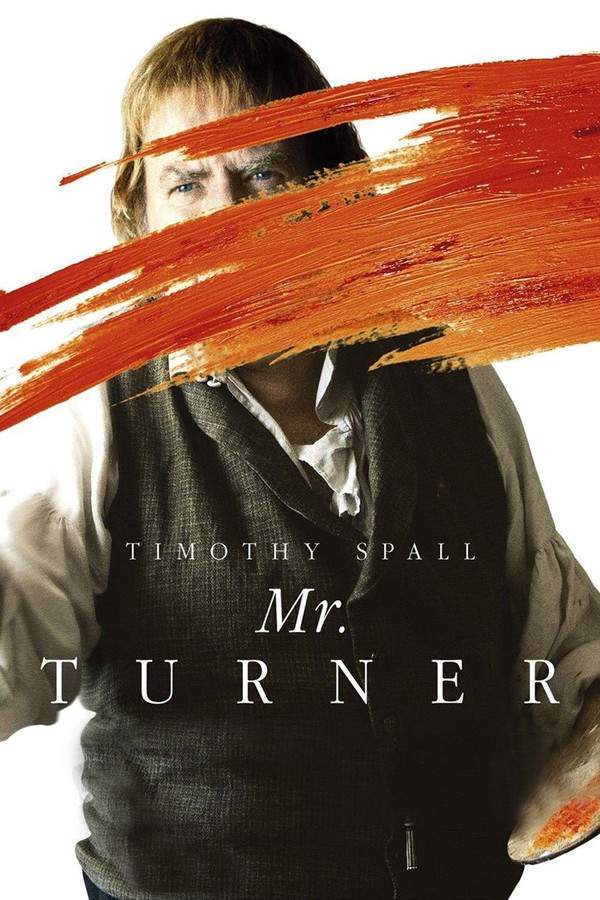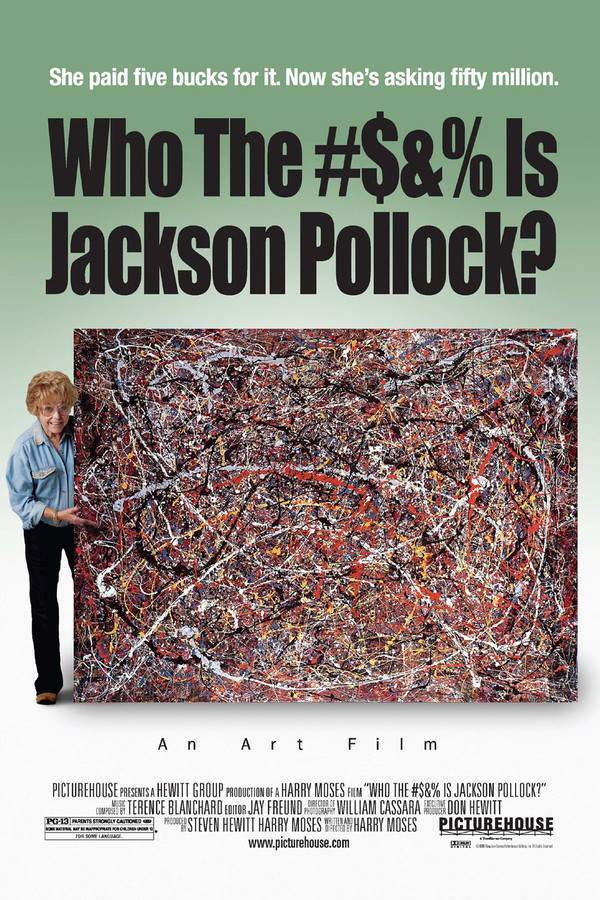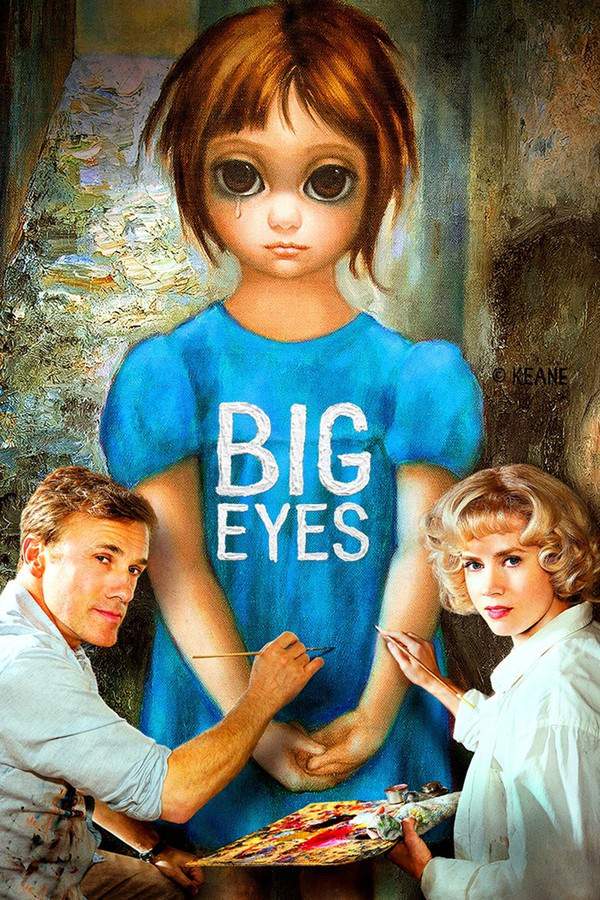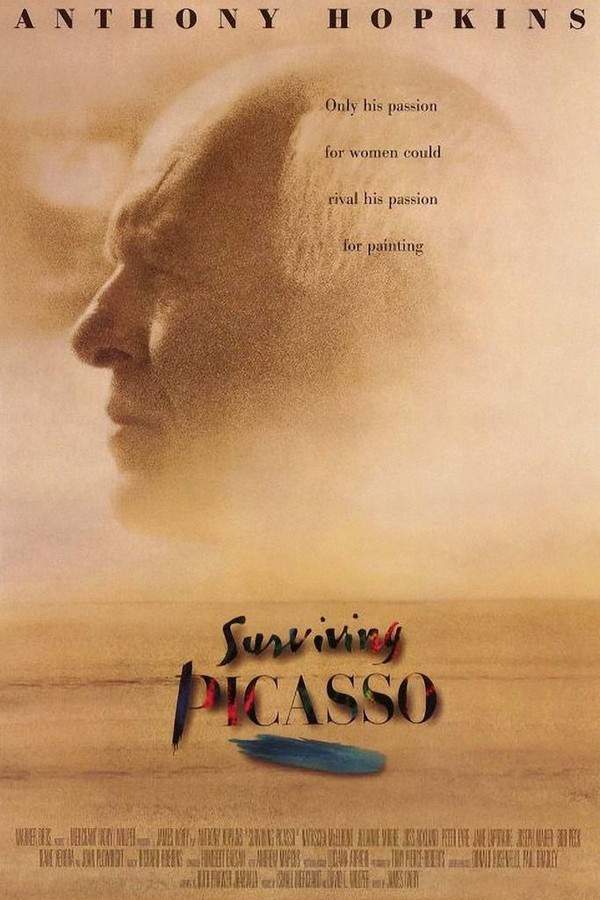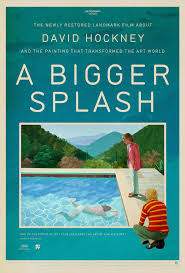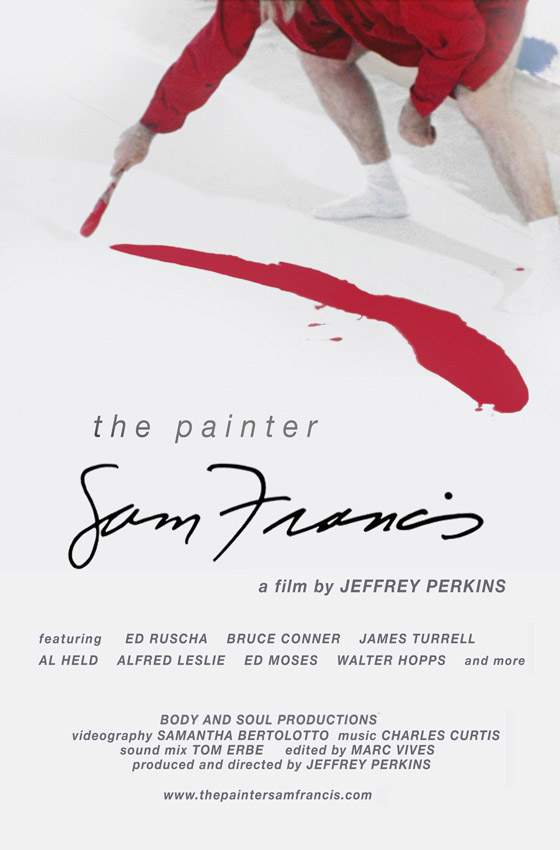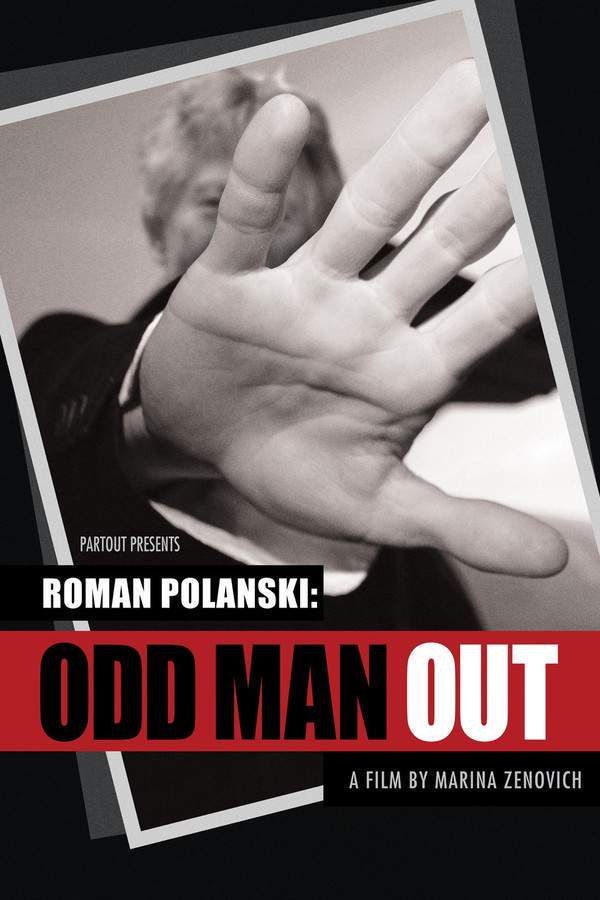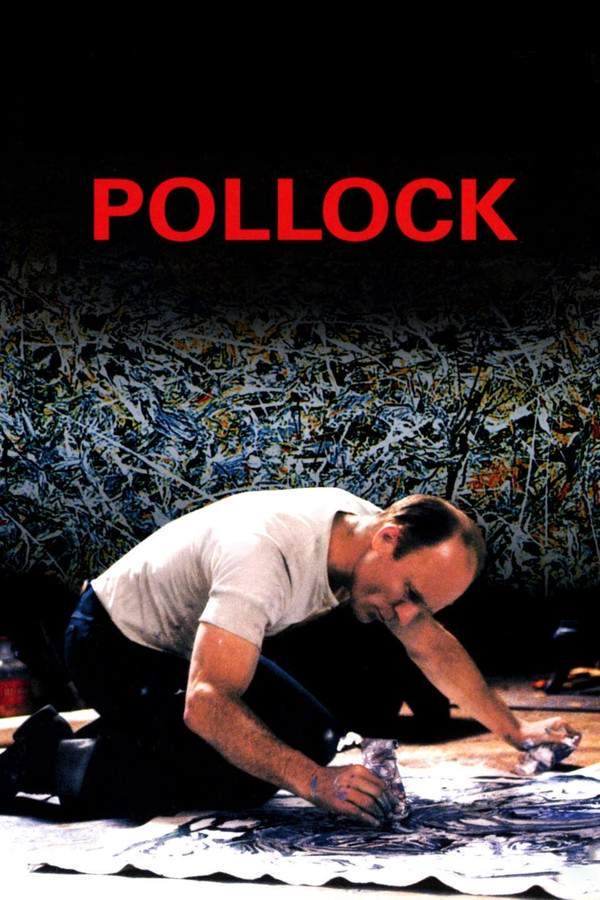
Pollock
Year: 2000
Runtime: 122 min
Language: English
This biographical drama explores the life of Jackson Pollock, the celebrated and enigmatic painter. As his fame grew, so did the scrutiny of his complex personality and the struggles he faced. The film portrays his journey as he grappled with self-doubt, creative expression, and a growing sense of isolation, revealing the contradictions inherent in both his artistic genius and personal life.
Warning: spoilers below!
Haven’t seen Pollock yet? This summary contains major spoilers. Bookmark the page, watch the movie, and come back for the full breakdown. If you're ready, scroll on and relive the story!
Pollock (2000) – Full Plot Summary & Ending Explained
Read the complete plot breakdown of Pollock (2000), including all key story events, major twists, and the ending explained in detail. Discover what really happened—and what it all means.
Pollock, played by Ed Harris, is a restless abstract expressionist painter navigating the New York art scene in the 1940s, showing his work in occasional group exhibitions while trying to find a path that suits his impulsive style.
He shares a cramped apartment in New York City with his brother Sande and sister-in-law Arloie, and as Arloie prepares for a new baby, Pollock decides to move out on her behalf. Soon after, he encounters the gifted artist Lee Krasner, Marcia Gay Harden, whose presence and support begin to change the direction of his life. Pollock’s brother Sande has left for Connecticut to work building military gliders to avoid the draft, a move that underscores the tensions and compromises of the era.
A battle with alcoholism intensifies Pollock’s struggles. He’s found in a disheveled state by Sande and Lee, prompting Sande to tell Lee that Pollock has been diagnosed as “clinically neurotic.” Taking pity on him, Lee invites Pollock into her world, becomes his advocate, and takes on the role of his manager, offering a steadying influence as he hovers between creative fervor and self-destruction.
The drama deepens when Pollock’s old friend Reuben Kadish visits, bringing along Howard Putzel, who works for wealthy art collector Peggy Guggenheim. After Guggenheim views his paintings, Pollock lands a contract to exhibit his work, plus a commission to paint an 8 ft by 20 ft mural for her New York townhouse entryway. Yet his first exhibit fails to attract buyers, and after a New Year’s Eve party, a drunken Pollock nearly sleeps with Peggy. He then sinks into a stupor upon learning that Putzel has died, a blow that accelerates his downward spiral.
Pollock and Lee marry after Lee gives him an ultimatum to marry or “split up” as they prepare to move to Long Island. At Peggy’s home, Pollock brushes off art critic Clement Greenberg’s comments, resisting any push to alter his painting style to be more marketable. Greenberg predicts that Pollock’s fortunes will change with the upcoming Life magazine article and a forthcoming exhibition, a forecast that shapes their expectations for broader recognition.
As the relationship between Pollock and Lee grows strained—driven in part by Pollock’s flirtations with other women—he tries a variety of jobs to earn money, but his alcoholism repeatedly thwarts those efforts. He lies to Sande about his finances, a deception that improves only after the Life feature shines a brighter spotlight on him. Cinematographer Hans Namuth later films Pollock at work, but the documentary presence interrupts the spontaneity that defines his process. A moment of attempted abstinence backfires when Pollock relapses during a Thanksgiving gathering, ruining the meal and escalating the tension with Lee.
In a later sequence, Pollock signs a Life magazine copy for a fan at an art exhibit in 1950, a scene that pressingly places him in the center of the American art world. Five years after that exhibit, Clement Greenberg informs Pollock that the Partisan Review is perhaps favoring artist Clyfford Still, hinting at a shifting critical landscape and suggesting that Pollock’s originality could chart the next direction in modern art.
Pollock’s personal life grows more tumultuous as his marriage to Lee becomes increasingly strained due to her reluctance to have children. He begins an extramarital affair with Ruth Kligman, an abstract artist who enters his orbit and complicates his already fragile balance. In a pivotal moment in 1956, after a phone conversation with Lee while she is in Venice, Pollock tells Ruth, “I owe the woman something.” When Ruth brings along her friend Edith, the trio take a drive that ends in tragedy: Pollock, intoxicated, crashes the car, killing himself and Edith and leaving Ruth badly injured.
I owe the woman something.
The film closes with a stark epilogue: Lee Krasner never remarries after Pollock’s death, enduring the loss while continuing to live with the legacy of his art and their shared story. The portrait that emerges is of a mercurial artist whose genius coexists with personal turmoil, the public’s hunger for his work, and the intimate costs paid within a life marked by passion, conflict, and fate.
Last Updated: October 09, 2025 at 15:44
Explore Movie Threads
Discover curated groups of movies connected by mood, themes, and story style. Browse collections built around emotion, atmosphere, and narrative focus to easily find films that match what you feel like watching right now.
Movies about tragic geniuses like Pollock
Stories exploring the painful link between immense creativity and deep personal suffering.If you were captivated by the portrayal of Jackson Pollock's turbulent life in 'Pollock', explore other movies like it that delve into the tragic genius archetype. These similar films focus on brilliant but tormented artists, musicians, and innovators whose personal struggles overshadow their legendary creations.
Narrative Summary
Narratives in this thread typically follow a biographical or character-driven arc, charting the rise to acclaim alongside a parallel descent into personal chaos. The central conflict is often internal, pitting the drive for creative expression against self-destructive tendencies, with the story building inevitably towards a somber or tragic conclusion.
Why These Movies?
These films are grouped together because they share a deep fascination with the darker side of creativity. They possess a heavy emotional weight, a melancholic tone, and a steady pacing that allows for a thoughtful, often painful, examination of what it costs to be extraordinary.
Intense dramas about self-destruction like Pollock
Intense character studies where personal demons unravel lives and relationships.For viewers who appreciated the raw and heavy portrayal of Jackson Pollock's self-destructive journey, this collection features similar movies about personal collapse. These dramas share a steady, intense pace and a melancholic tone, exploring themes of alcoholism, marital strife, and the tragic consequences of living with turmoil.
Narrative Summary
The narrative pattern is a gradual, often linear, unraveling. The story methodically builds tension as the protagonist's choices—often related to addiction or emotional instability—alienate loved ones and destroy their own potential. The pacing is steady, creating a sense of inevitable decline towards a bleak or catastrophic ending.
Why These Movies?
These movies are united by their uncompromising focus on the mechanics of self-destruction. They share a high intensity, a heavy emotional weight, and a somber mood. The viewing experience is defined by a sense of witnessing a tragic, yet compelling, personal collapse.
Unlock the Full Story of Pollock
Don't stop at just watching — explore Pollock in full detail. From the complete plot summary and scene-by-scene timeline to character breakdowns, thematic analysis, and a deep dive into the ending — every page helps you truly understand what Pollock is all about. Plus, discover what's next after the movie.
Pollock Timeline
Track the full timeline of Pollock with every major event arranged chronologically. Perfect for decoding non-linear storytelling, flashbacks, or parallel narratives with a clear scene-by-scene breakdown.

Characters, Settings & Themes in Pollock
Discover the characters, locations, and core themes that shape Pollock. Get insights into symbolic elements, setting significance, and deeper narrative meaning — ideal for thematic analysis and movie breakdowns.

Pollock Spoiler-Free Summary
Get a quick, spoiler-free overview of Pollock that covers the main plot points and key details without revealing any major twists or spoilers. Perfect for those who want to know what to expect before diving in.

More About Pollock
Visit What's After the Movie to explore more about Pollock: box office results, cast and crew info, production details, post-credit scenes, and external links — all in one place for movie fans and researchers.

Similar Movies to Pollock
Discover movies like Pollock that share similar genres, themes, and storytelling elements. Whether you’re drawn to the atmosphere, character arcs, or plot structure, these curated recommendations will help you explore more films you’ll love.
Explore More About Movie Pollock
Pollock (2000) Scene-by-Scene Movie Timeline
Pollock (2000) Movie Characters, Themes & Settings
Pollock (2000) Spoiler-Free Summary & Key Flow
Movies Like Pollock – Similar Titles You’ll Enjoy
Mr. Turner (2014) Movie Recap & Themes
Who the #$&% Is Jackson Pollock? (2006) Full Movie Breakdown
Modigliani (2005) Spoiler-Packed Plot Recap
Big Eyes (2014) Film Overview & Timeline
Surviving Picasso (1996) Plot Summary & Ending Explained
A Bigger Splash (1974) Movie Recap & Themes
The Painter Sam Francis (2009) Ending Explained & Film Insights
Roman Polanski: Odd Man Out (2013) Complete Plot Breakdown
Lifeline: Clyfford Still (2019) Ending Explained & Film Insights
The Wolf at the Door (1986) Full Summary & Key Details
Painter (2020) Movie Recap & Themes
The Mystery of Picasso (1956) Detailed Story Recap
Jackson Pollock 51 (1951) Ending Explained & Film Insights
Painters Painting (1973) Plot Summary & Ending Explained
Jackson Pollock: Love and Death on Long Island (1999) Movie Recap & Themes


